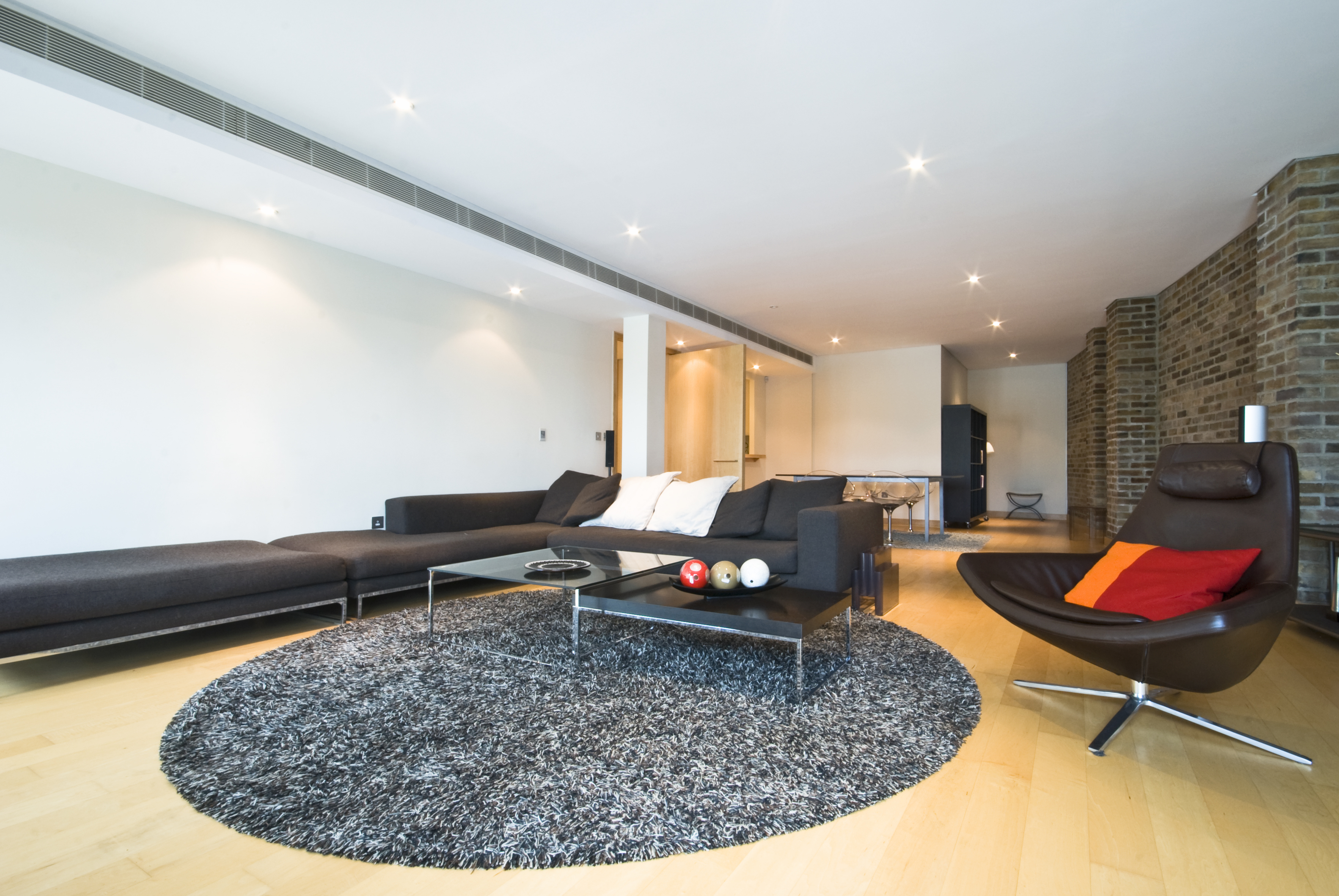What Is Infrared Radiant Heat?
Infrared radiant heat is heat transferred from the source – the heater – in the form of electromagnetic waves. The waves of energy collide with other surfaces and transfer their energy. What all of this means is that a heater produces the heat and those waves of heat collide with the walls, furniture, and upholstery of your house, warming them up. Also, those waves hit you and warm you up on a cold day.
The objects in your house such as furniture absorb the electromagnetic heat and then gently re-emit it.
What Should You Look For?
An electric radiant heater is oftentimes installed in the floor of a home or business. Instead of blowing air across an electrically heated metal coil or across burning oil heated pipes, these heaters gently radiate heat. Due to the gentle nature of the heaters and their placement underneath the floor, the heating is more universal. Wherever you step in a room with an infrared heater will be the same uniform comfortable temperature.
Also, due to their safety levels, the devices can be installed under virtually any flooring surface. This includes hardwood, laminate, varnished, parquet, and carpet. The fire hazard is essentially non-existent.
To create a general level of comfort for most people, the floor needs to be heated to about twenty-nine (C). The room itself will not be twenty-nine degrees (C), but that heat will radiate through the space.
Though the system works very well with virtually any kind of flooring, some are better than others.
Above or Below the Floor?
When installing a floor system, you have the option of installing your system either above or below the sub floor. For a retrofit (installing it into a house that already has an existing floor), installing below the subfloor is probably the best option. You wouldn’t want to rip up your entire floor to install a new heating system. However, installing below the subfloor runs the risk of raising the existing floor by a few inches to accommodate.
For new homes, installing above the subfloor is preferable since the heater will be directly in contact with the floor.
What Type of Flooring?
Radiant infrared heating systems work very well with most types of flooring, but some work more efficiently than others. So which types of flooring are preferable? Which should you avoid?
The flooring most amenable to radiant heat is probably ceramic tile. Ceramic tile has long been a favourite as it absorbs and transfers the heat very efficiently and evenly.
Vinyl also works very well. Since it is very thin flooring, heat is transferred very quickly.
Which do not work very well? For one, wood is not the best option. Though usable when installed properly, heat tends to dry out wood. Wood floors that become too dry, shrink and crack.
Also, carpet does sometimes work, but the thickness of the carpet or padding is very important. Thick carpet or very thick padding acts as insulation, trapping the heat in the floor.
